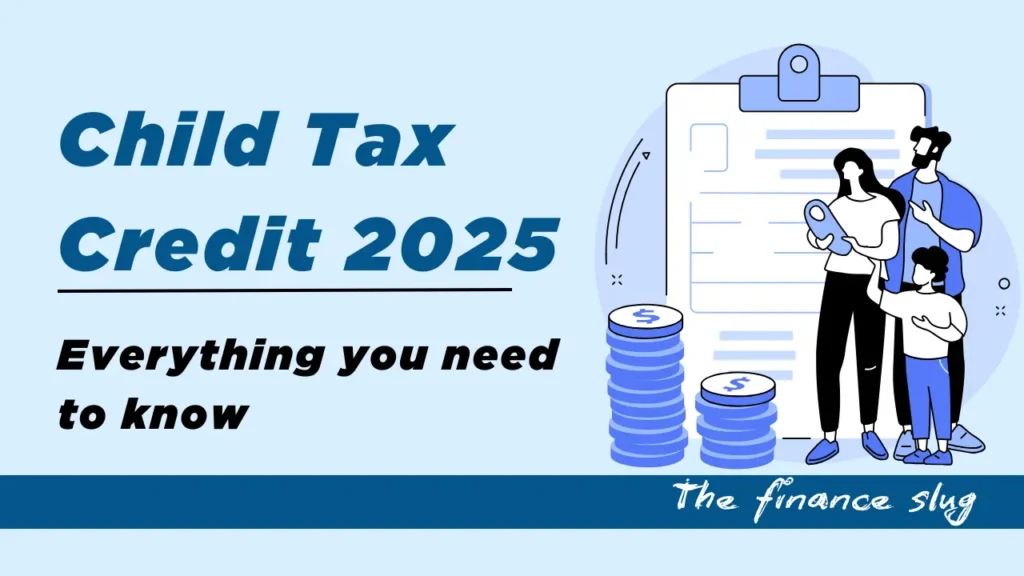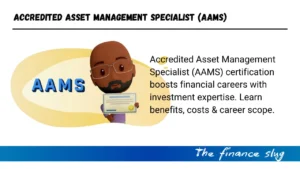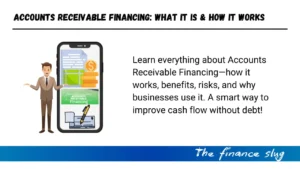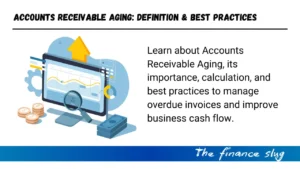The Child Tax Credit 2025 is a critical topic for millions of American families as its future remains uncertain. With the current structure set to expire at the end of 2025, understanding how this tax benefit works and what potential changes might mean for your family is essential. In this article, we’ll explore the current status of the credit, discuss potential legislative changes, and offer guidance on how families can prepare for what lies ahead.

What Is the Child Tax Credit?
The Child Tax Credit is a tax benefit designed to provide financial assistance to families raising children. It has been a vital part of the U.S. tax system for years, helping offset the costs of childcare and other related expenses.
Under the Tax Cuts and Jobs Act (TCJA), the CTC was expanded to offer greater benefits. For tax years 2018 through 2025, families can claim up to $2,000 per qualifying child under the age of 17. The refundable portion of the credit, known as the Additional Child Tax Credit (ACTC), allows families to receive up to $1,600 in 2023, increasing incrementally to $1,800 by 2025.
The credit begins to phase out for single filers earning more than $200,000 and married couples filing jointly earning over $400,000. These thresholds have made the Child Tax Credit accessible to a broad range of families, including middle- and upper-middle-income earners.
How do I claim the Child Tax Credit?
You can claim the Child Tax Credit when filing your federal income tax return. Use Form 1040 and attach Schedule 8812 to calculate your refundable credit (if applicable). The IRS provides detailed instructions on its official website.
The Importance of 2025 for Families
The year 2025 is pivotal because the current provisions of the Child Tax Credit are set to expire. If Congress does not extend or modify these rules, the credit could revert to its pre-2017 structure. This would mean:
- The maximum credit per child would drop to $1,000.
- Refundability would be significantly reduced, impacting low-income families the most.
- Income phase-out thresholds would decrease, disqualifying many families who currently benefit from the credit.
These changes could create financial strain for families who have come to rely on the expanded benefits to cover childcare costs, education, and other essential expenses.
Possible Changes to the Child Tax Credit 2025
Lawmakers are debating several proposals to ensure the Child Tax Credit 2025 continues to meet the needs of American families. These proposals range from maintaining the status quo to introducing significant changes.
One of the most discussed proposals is the Tax Relief for American Families and Workers Act, which aims to adjust the credit for inflation and permanently increase the refundable portion. Under this plan, the maximum refundable credit would rise to $2,000 by 2025.
Some Republican lawmakers have proposed increasing the credit to $5,000 per child. However, these proposals often include work requirements, which could limit eligibility for some families.
Meanwhile, Democratic leaders are advocating for a return to the expanded structure temporarily implemented in 2021. This version provided monthly payments to families, including those with no earned income, in an effort to reduce child poverty.
How Families Can Prepare
With the future of the Child Tax Credit 2025 still uncertain, families should take proactive steps to prepare for potential changes.
First, staying informed is crucial. Follow updates from trusted news sources and government announcements to understand how legislative developments might affect your family’s financial situation.
Second, consider consulting a tax professional to explore other credits and deductions that may be available. Programs like the Earned Income Tax Credit (EITC) or state-level credits could help offset any reductions in the Child Tax Credit.
Finally, engage in advocacy. Contacting your elected officials or joining community groups can amplify your voice in the conversation about the future of the Child Tax Credit. Policymakers often respond to public input, and your participation could influence the outcome of future legislation.
Why the Child Tax Credit Matters
The Child Tax Credit is more than just a tax benefit; it’s a lifeline for families across the United States. During the temporary expansion in 2021, millions of children were lifted out of poverty thanks to monthly payments provided under the program.
This credit also plays a key role in helping families cover essential costs, from childcare to education and healthcare. As inflation continues to impact household budgets, the stability offered by the Child Tax Credit has become even more important.
Conclusion
The Child Tax Credit 2025 is at a crossroads, with its future uncertain as policymakers debate its structure and scope. For families, the stakes are high. Whether through an extension of the current provisions or new reforms, the outcome of these discussions will have a lasting impact on millions of households.
By staying informed, planning ahead, and advocating for policies that support families, you can navigate these changes and ensure that your voice is heard in shaping the future of the Child Tax Credit.
For more detailed eligibility criteria and updates, refer to the IRS Child Tax Credit page.
FAQ
Also Read
- Stock Market Crash Today: A Bloodbath on Monday – What You Need to KnowPublished on financeslug.xyz The global financial markets are reeling from a massive sell-off, and Indian equity benchmark indices BSE Sensex and Nifty50 took a brutal… Read more: Stock Market Crash Today: A Bloodbath on Monday – What You Need to Know
- Wall Street Bonuses Reach Record $47.5 Billion in 2024, Up 34% from Previous YearWall Street’s bonus pool hit a record $47.5B in 2024, up 34% from 2023, marking the highest payout since 1987.
- How to Convert Delimited CSV Data into Columns in ExcelCSV (Comma-Separated Values) files are widely used for data exchange, but when opened in Excel, the data often appears in a single column instead of… Read more: How to Convert Delimited CSV Data into Columns in Excel
- Harvard University Announces Free Tuition for Families Earning $200K or LessHarvard’s New Tuition-Free Policy: What You Need to Know Harvard University has unveiled a groundbreaking initiative to make higher education more accessible. Starting from the… Read more: Harvard University Announces Free Tuition for Families Earning $200K or Less
- Eli Lilly’s 1.8B Dollar Investment in Weight Loss DrugsIreland’s Weight-Loss Drug Boom: A Game-Changer for Economy and Healthcare Ireland is witnessing a surge in pharmaceutical investments, thanks to the skyrocketing demand for weight-loss… Read more: Eli Lilly’s 1.8B Dollar Investment in Weight Loss Drugs
- Forever 21 Files for Bankruptcy Again: The End of an Era in Fast Fashion?Forever 21, once a staple in American malls and a leader in the fast-fashion industry, has filed for Chapter 11 bankruptcy for the second time.… Read more: Forever 21 Files for Bankruptcy Again: The End of an Era in Fast Fashion?
- Accredited Asset Management Specialist (AAMS): Everything You Need to KnowBoost your finance career with the Accredited Asset Management Specialist (AAMS) certification. Learn its benefits, cost & career scope today!
- What is Central Bank Digital Currency (CBDC)? Benefits, Risks & FutureLearn what Central Bank Digital Currency (CBDC) is, how it works, its benefits, risks, and its future in the global financial system.
- Accounts Receivable Financing: What It Is & How It WorksLearn how Accounts Receivable Financing boosts cash flow without debt. Discover benefits, risks, and how it works for businesses.
- Accounts Receivable Aging: Definition, Importance & Best PracticesDiscover Accounts Receivable Aging, its importance, calculation, and best practices to manage overdue invoices and boost cash flow.











